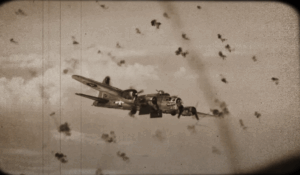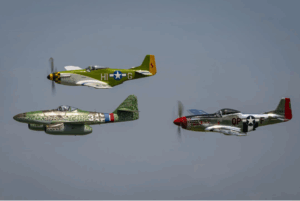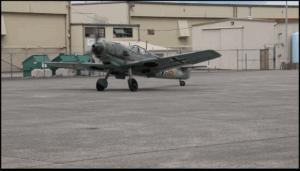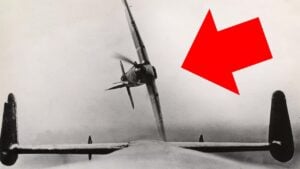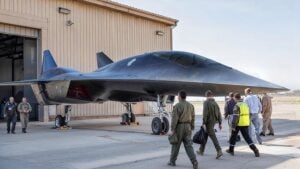The Most Difficult Military Aircraft to Fly
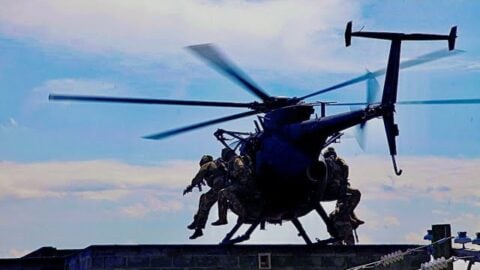
YouTube / Steel Mallard
The MH-6 Little Bird is one of the most challenging helicopters to fly, not because it’s complicated, but because it offers no assistance to the pilot. With no autopilot, no fly-by-wire, and no digital safety systems, this small helicopter used by the 160th Special Operations Aviation Regiment (160th SOAR) requires total skill and control.
Whether used for covert troop insertions or as a light attack platform, pilots must be completely in sync with the aircraft. From Vietnam to Baghdad, the Little Bird has built a reputation as a tough, unforgiving machine that only the best can master.
Specs and Capabilities
The Little Bird can hit maximum speeds of around 150 knots with cruising speeds of around 110 knots. Service ceiling may go up to Class A airspace, but most of its time is spent much closer to earth. It has an endurance of anywhere between 1.5 and 2.5 hours, and a range of 250 miles. These numbers are rough averages, while precise figures depend on environmental conditions and the weight carried for the mission.
Development
The Little Bird didn’t start as some cutting-edge military design. It’s descended from the Hughes OH Cayuse, a Vietnam-era scout helicopter, which later evolved into the MD 500 Defender and the MD 530F. Basically, this is a civilian helicopter that went through military boot camp and came out the other side significantly more dangerous but necessarily more stable.
This civilian heritage is actually a genius-level procurement strategy. Rather than spending decades and several billion dollars developing something from scratch, the military took a proven platform, and the result was modular, upgradable, and relatively cheap by military standards.
Simplicity- More Difficult?
The Little Bird has hydraulics- minimal ones. No fly-by-wire, no stability augmentation system, no autopilot. Every hover, every turn, every terrifying skid landing on a rooftop is fully mechanical and entirely dependent on the pilot not making a mistake.
It has purely mechanical controls. When you move the stick, the helicopter moves. Every correction you make is exactly the correction the aircraft makes. It’s also quite twitchy. It’s also highly sensitive to control inputs. If you touch the controls too aggressively, you’ll overcorrect yourself into a very expensive and embarrassing accident. Too gentle and you’ll find yourself drifting into buildings, other aircraft, or the ground.
Also, the Little Bird’s mission profile. Both the MH-6 and the AH-6 are designed for operational extremes. Night missions, urban raids, mountain operations, ship deck landings in rough seas, all in support of highly trained Tier 1 and Tier 2 operators. These aircraft are tailored for surgical operations that require pilots to be absolutely surgical on the controls. There’s zero margin for error when the MH-6 operates in tight spaces.
Conclusion
The Little Bird stands apart because it’s built for precision and stealth, not utility hauling. It’s analog, immediate, and completely dependent on the skill of the pilot. Its design philosophy is simple- skill over safety nets, precision over protection, capability over computerized assistance.














